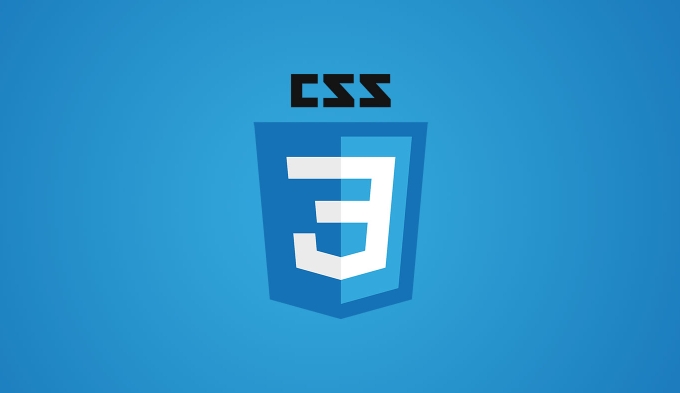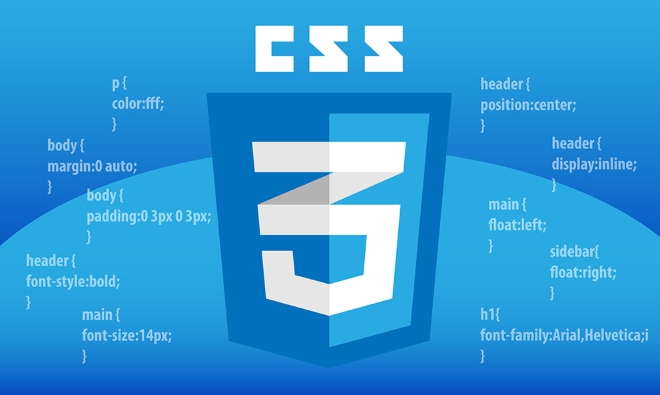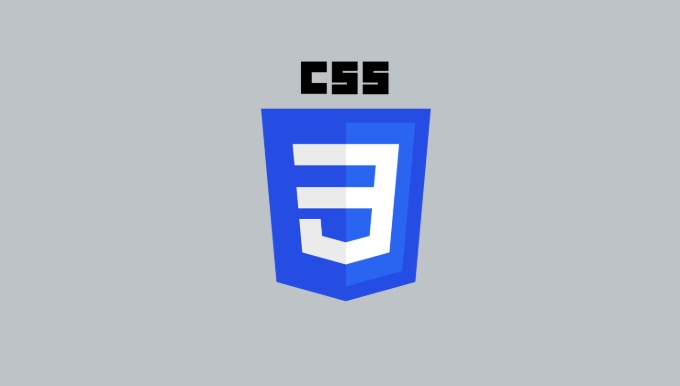To handle text layout issues in CSS, use white-space properties to control wrapping and overflow properties to manage truncation. 1. Use white-space with values like normal, nowrap, pre-wrap, or pre-line to define how text wraps. 2. Apply text-overflow: ellipsis along with overflow: hidden and white-space: nowrap for single-line truncation. 3. For multi-line truncation, use display: -webkit-box, -webkit-line-clamp, and -webkit-box-orient, noting limited browser support. 4. Set min-width: 0 on flex items to allow text wrapping in narrow containers. 5. Choose between word-break: break-all or overflow-wrap: break-word depending on whether splitting words is acceptable. These methods provide reliable text layout control without JavaScript.

When dealing with text layout in CSS, wrapping and overflow are two common issues that can break your design if not handled properly. The key is to understand when text should wrap, when it should be cut off, and how to control those behaviors depending on the context.

When Text Won’t Wrap: Using white-space
Sometimes text runs off the screen or stretches a container wider than intended — especially when there’s no space in the content, like a long URL or a block of code.

To fix this, you can use white-space. Here are some common values:
-
normal: Default behavior, collapses whitespace and wraps as needed. -
nowrap: Prevents wrapping entirely, forcing everything onto one line. -
pre-wrap: Preserves whitespace but allows wrapping. -
pre-line: Similar topre-wrap, but collapses sequences of whitespace into a single line break.
For example:

.text {
white-space: pre-wrap;
}This is useful for preserving formatting while still allowing the text to wrap inside containers.
Truncating Overflowing Text
If you want to cut off text that overflows its container and show an ellipsis (...), you’ll need to combine a few properties.
Here's a typical setup for single-line truncation:
.truncate {
white-space: nowrap;
overflow: hidden;
text-overflow: ellipsis;
}This ensures that any text that doesn’t fit will be replaced with an ellipsis instead of spilling out.
For multi-line truncation, you'll need a bit more:
.multi-line-truncate {
display: -webkit-box;
-webkit-line-clamp: 2;
-webkit-box-orient: vertical;
overflow: hidden;
}Keep in mind that -webkit-line-clamp only works in WebKit browsers (like Chrome and Safari), so it's best used where full cross-browser support isn't critical.
Making Sure Text Wraps Nicely in Layouts
Containers sometimes don’t respect text wrapping even when they should. This often happens when using flexbox or grid layouts.
One thing to watch out for: Flex items won’t shrink past their minimum content size by default. So if you have a narrow container with a long word, it might overflow.
To prevent that:
.container {
min-width: 0;
}Combined with overflow: hidden or text-overflow, this helps ensure the text respects the container size.
Also, remember that setting word-break or overflow-wrap can help with long words:
-
word-break: break-allwill split words at any character to fit inside the container. -
overflow-wrap: break-wordtries to keep whole words intact but breaks them if necessary.
Both are handy in different scenarios — choose based on whether you prefer readability or strict space control.
That’s basically it. These tools give you solid control over how text behaves in different situations without relying on JavaScript or hacks. Just keep in mind browser quirks, especially with multi-line truncation, and test where needed.
The above is the detailed content of Controlling text wrapping and overflow in CSS. For more information, please follow other related articles on the PHP Chinese website!

Hot AI Tools

Undress AI Tool
Undress images for free

Undresser.AI Undress
AI-powered app for creating realistic nude photos

AI Clothes Remover
Online AI tool for removing clothes from photos.

Clothoff.io
AI clothes remover

Video Face Swap
Swap faces in any video effortlessly with our completely free AI face swap tool!

Hot Article

Hot Tools

Notepad++7.3.1
Easy-to-use and free code editor

SublimeText3 Chinese version
Chinese version, very easy to use

Zend Studio 13.0.1
Powerful PHP integrated development environment

Dreamweaver CS6
Visual web development tools

SublimeText3 Mac version
God-level code editing software (SublimeText3)

Hot Topics
 How can I include CSS only on some pages?
Jun 11, 2025 am 12:01 AM
How can I include CSS only on some pages?
Jun 11, 2025 am 12:01 AM
There are three ways to selectively include CSS on a specific page: 1. Inline CSS, suitable for pages that are not frequently accessed or require unique styles; 2. Load external CSS files using JavaScript conditions, suitable for situations where flexibility is required; 3. Containment on the server side, suitable for scenarios using server-side languages. This approach can optimize website performance and maintainability, but requires balance of modularity and performance.
 Flexbox vs Grid: Understanding the Key Differences in CSS Layout
Jun 10, 2025 am 12:03 AM
Flexbox vs Grid: Understanding the Key Differences in CSS Layout
Jun 10, 2025 am 12:03 AM
Flexboxisidealforone-dimensionallayouts,whileGridsuitstwo-dimensional,complexlayouts.UseFlexboxforaligningitemsinasingleaxisandGridforprecisecontroloverrowsandcolumnsinintricatedesigns.
 Creating an Auto-Closing Notification With an HTML Popover
Jun 10, 2025 am 09:45 AM
Creating an Auto-Closing Notification With an HTML Popover
Jun 10, 2025 am 09:45 AM
The HTML popover attribute transforms elements into top-layer elements that can be opened and closed with a button or JavaScript. Popovers can be dismissed a number of ways, but there is no option to auto-close them. Preethi has a technique you can u
 What is 'render-blocking CSS'?
Jun 24, 2025 am 12:42 AM
What is 'render-blocking CSS'?
Jun 24, 2025 am 12:42 AM
CSS blocks page rendering because browsers view inline and external CSS as key resources by default, especially with imported stylesheets, header large amounts of inline CSS, and unoptimized media query styles. 1. Extract critical CSS and embed it into HTML; 2. Delay loading non-critical CSS through JavaScript; 3. Use media attributes to optimize loading such as print styles; 4. Compress and merge CSS to reduce requests. It is recommended to use tools to extract key CSS, combine rel="preload" asynchronous loading, and use media delayed loading reasonably to avoid excessive splitting and complex script control.
 How to use Lotties in Figma
Jun 14, 2025 am 10:17 AM
How to use Lotties in Figma
Jun 14, 2025 am 10:17 AM
In the following tutorial, I will show you how to create Lottie animations in Figma. We'll use two colorful designs to exmplify how you can animate in Figma, and then I'll show you how to go from Figma to Lottie animations. All you need is a free Fig
 Breaking Boundaries: Building a Tangram Puzzle With (S)CSS
Jun 13, 2025 am 11:33 AM
Breaking Boundaries: Building a Tangram Puzzle With (S)CSS
Jun 13, 2025 am 11:33 AM
We put it to the test and it turns out Sass can replace JavaScript, at least when it comes to low-level logic and puzzle behavior. With nothing but maps, mixins, functions, and a whole lot of math, we managed to bring our Tangram puzzle to life, no J
 External vs. Internal CSS: What's the Best Approach?
Jun 20, 2025 am 12:45 AM
External vs. Internal CSS: What's the Best Approach?
Jun 20, 2025 am 12:45 AM
ThebestapproachforCSSdependsontheproject'sspecificneeds.Forlargerprojects,externalCSSisbetterduetomaintainabilityandreusability;forsmallerprojectsorsingle-pageapplications,internalCSSmightbemoresuitable.It'scrucialtobalanceprojectsize,performanceneed
 Does my CSS must be on lower case?
Jun 19, 2025 am 12:29 AM
Does my CSS must be on lower case?
Jun 19, 2025 am 12:29 AM
No,CSSdoesnothavetobeinlowercase.However,usinglowercaseisrecommendedfor:1)Consistencyandreadability,2)Avoidingerrorsinrelatedtechnologies,3)Potentialperformancebenefits,and4)Improvedcollaborationwithinteams.






